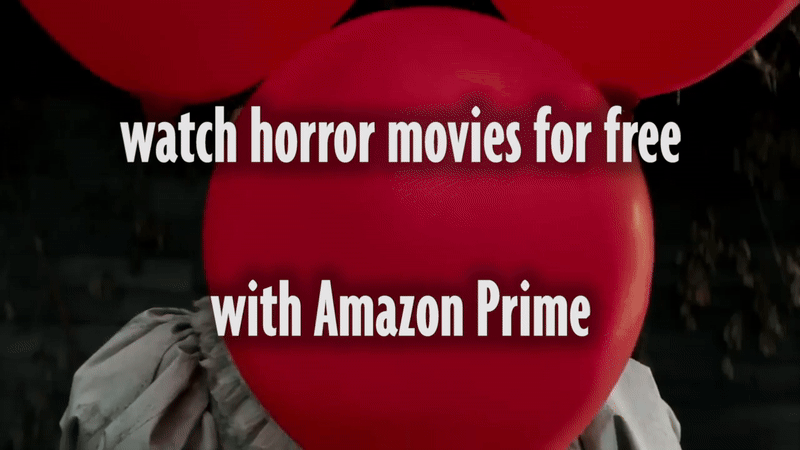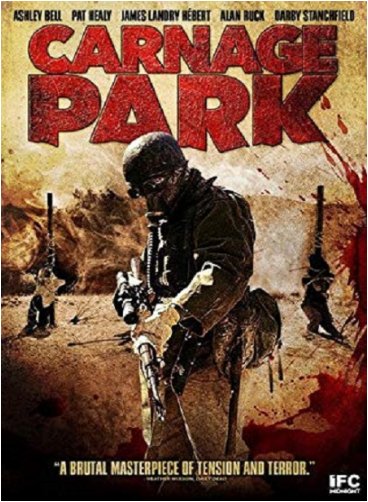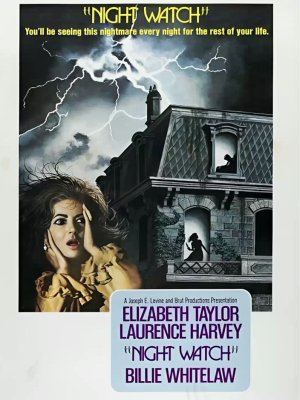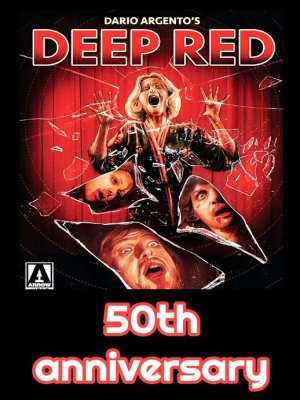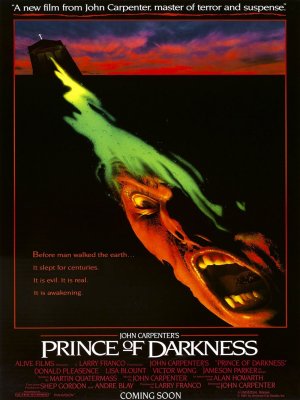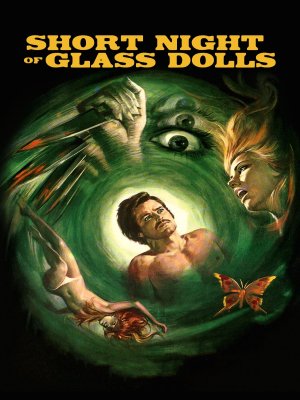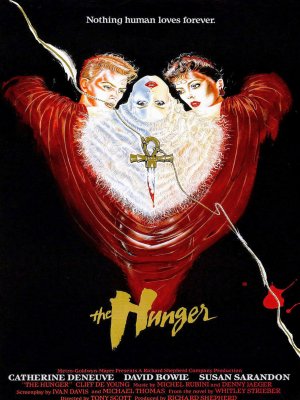Carnage Park
Part crime caper gone awry, part survival horror film, this 1970s set thriller depicts a harrowing fight for survival after a pair of wannabe crooks botch a bank heist and flee into the desert, where they inexplicably stumble upon Carnage Park, a remote stretch of wilderness occupied by a psychotic ex-military sniper.
Like his peer Quentin Tarantino, writer/director Michael Keating is famous for making films that are all about borrowing from the greats to create something truly unique. Carnage Park is definitely a good example of his fast-paced filmmaking style in action, but how does it stack up to his other work, and is it actually worth a spot on your running list of must-see films?
Carnage Park can probably best be described as a horror film crossed with a crime thriller. In addition to being written and directed by Michael Keating (who also directed Psychopaths, Ritual and the artistic Darling), it features a fabulous score by Swiss-Italian composer, Giona Ostinelli. Ashley Bell (The Last Exorcism), Pat Healy (The Innkeepers and Starry Eyes), and Alan Ruck (Cameron from Ferris Bueller!) star, among many others.
Carnage Park doesn’t just evoke the gritty, lived-in feel of the 1970’s. It’s actually set there as well. It’s the story of two would-be criminals that escape into the desert after an attempted bank robbery goes awry, as well as a young woman named Vivian (Bell) they’ve taken hostage. Somewhere along the way in the midst of the desert, they stumble upon a place with the ominous name of Carnage Park, which ultimately turns out to be the territory of a skilled and incredibly insane ex-sniper (Healy). What’s more, he just so happens to be in the mood to play a deadly little game with his new visitors.
The synopsis alone reads like something with the potential to be pretty great, especially with Keating at the wheel, and in many ways, it’s exactly that. Keating may be a relatively young filmmaker, but he continues to grow and evolve with each feature he makes and Carnage Park definitely continues that progress. This film is, for the most part, a fast-paced, decadently bloody adventure with a retro feel that’s very well-orchestrated.
The art direction and design of the film are also really well approached. The parched, faded yellow color scheme that permeates Carnage Park really sets a mood and gives the viewer a great impression of what it would feel like to be there in that setting with this particular set of characters. The great majority of the performances are really something to celebrate as well with special props given to Healy’s deranged vet and Alan Ruck’s conflicted sheriff.
To be fair though, Carnage Park is not a perfect film. For instance, the climax is shot in pure blackness for effect, but it goes on just a touch too long, losing some of the momentum and impact in the process. This is a shame, as Carnage Park itself is quite a sight to behold with its barbed wire and crucifixes galore. There may be those that feel the film on the whole is too much of a Tarantino rip-off for their tastes as well. However, those are really minor complaints in the grand scheme of things.
Overall, Carnage Park is a gory, exciting ride that absolutely proves Keating is nearly as good at making this sort of film as Rob Zombie or even Tarantino himself. Definitely give it a watch and keep your eyes on Keating going forward.

